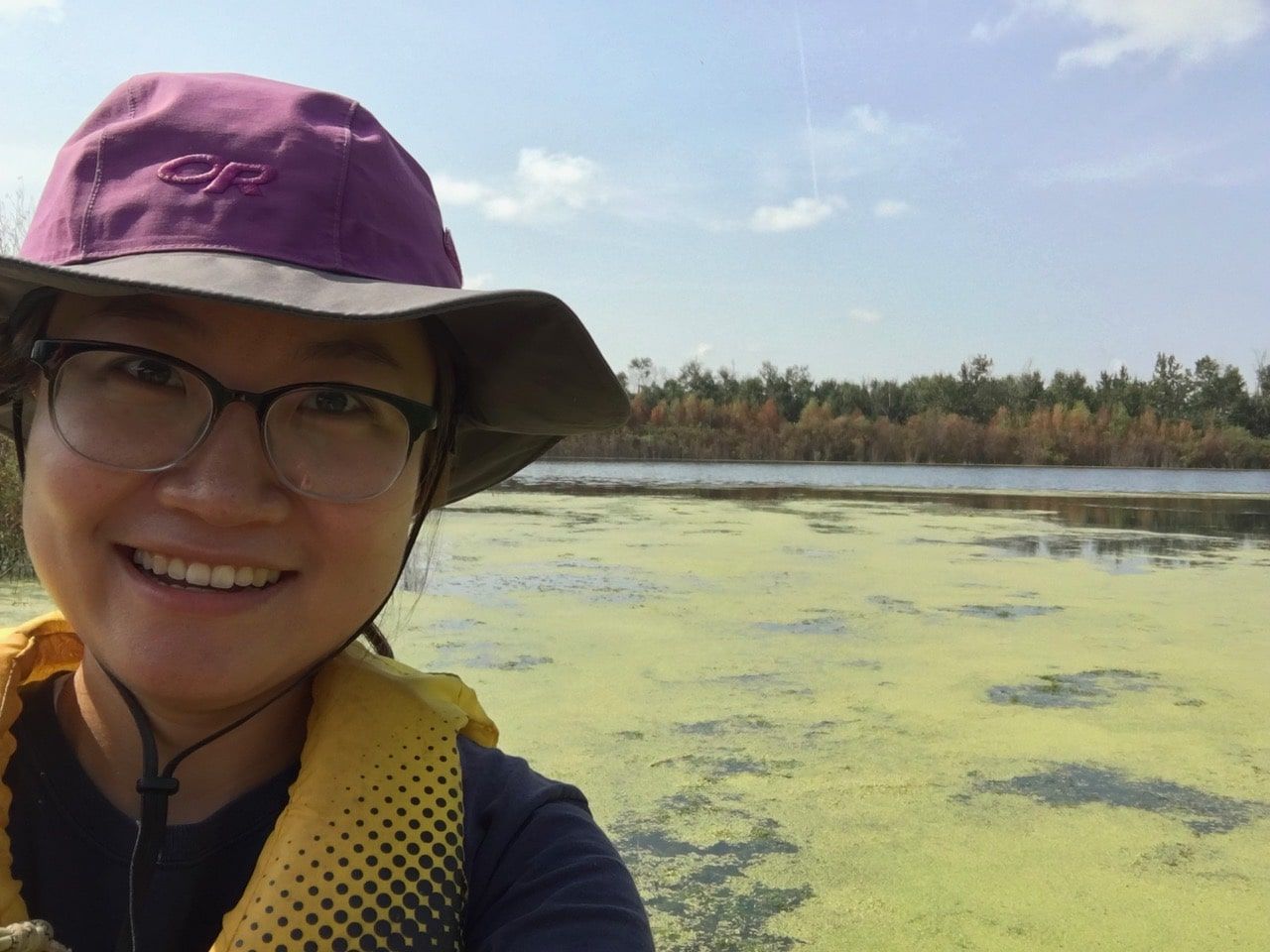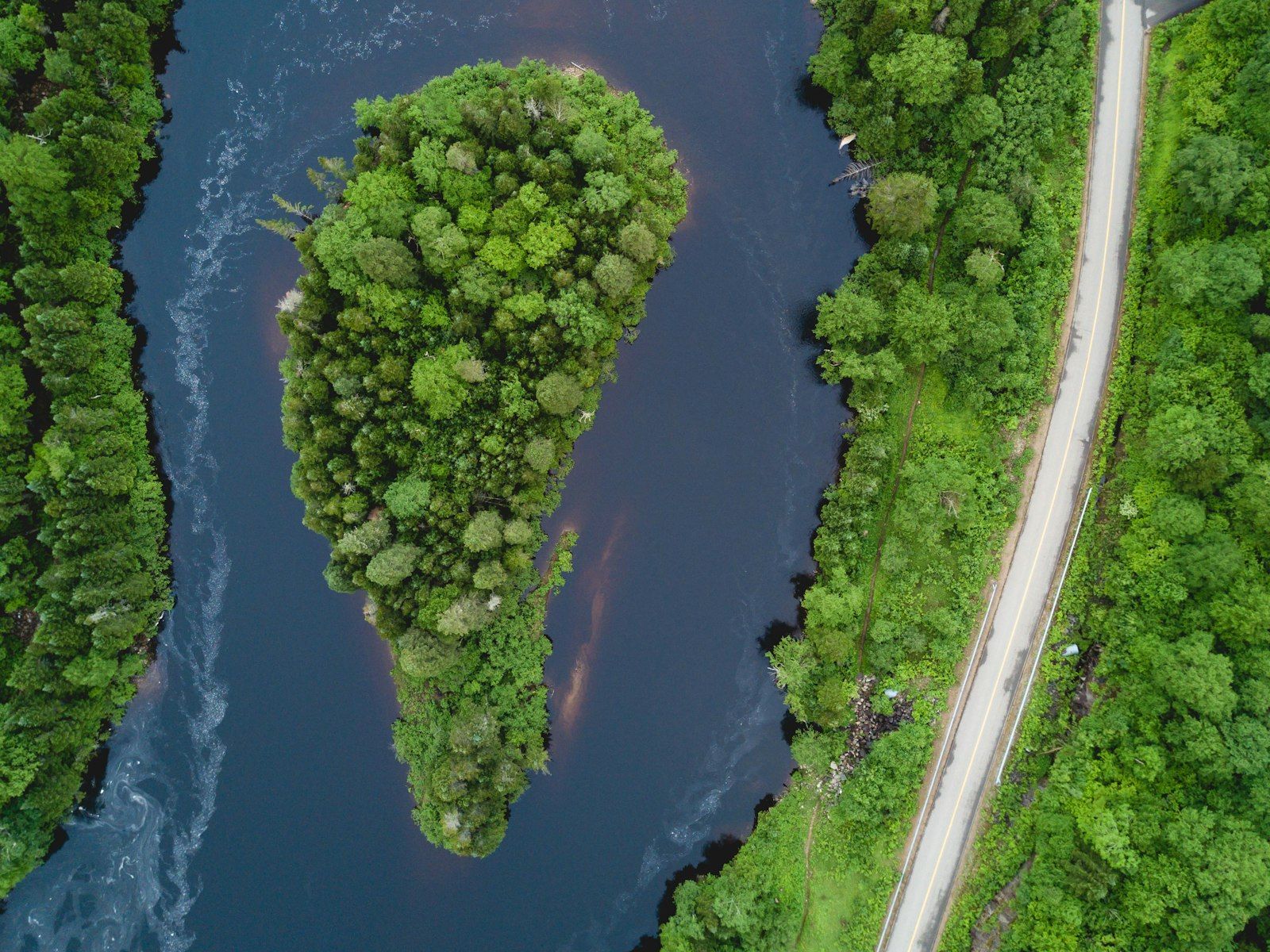Taking the pulse of 600+ Canadian lakes
What’s the state of Canadian lakes? When University of Sherbrooke’s Yannick Huot tried to answer that question, he couldn’t find the data he needed.
That’s because most lakes are monitored provincially, and there’s no consistency across the country. “They use different methods,” Huot explains. “Some do it very extensively and others do it a lot less, or they don't make the data available.”
To paint a clearer picture, he partnered with researchers from 13 different universities, launching the NSERC Canadian LakePulse Network in 2016. Over the next three summers, teams of grad students and post-doctoral fellows headed out to monitor lakes from Newfoundland to the Yukon.
At each new site, they set up a tent to house their mobile lab, paddled out to take samples and brought them back to shore for analyses. A lot of different analyses.
As well as measuring all the standard parameters — including total phosphorus, nitrogen and oxygen — they took sediment cores that revealed the history of the lake. They tracked how much light was emitted from the lake to assess algae levels using satellites. They examined bacterial DNA and looked for pharmaceuticals, pesticides and other contaminants.

Jihyeon Kim sampling a lake in the Prairies. Credit: LakePulse field teams.
A comprehensive snapshot of freshwater health
By September 2019 they had visited a staggering 664 lakes from one end of the country to the other. “We travelled everywhere there was road,” says Huot. The resulting data provided the most comprehensive snapshot yet of Canada’s freshwater health.
Some of their findings confirmed what scientists already knew. Overall, most lakes were relatively healthy. The most common issue, especially in southern Canada, was eutrophication — a state where nutrients from sources like sewage treatment plants and agricultural runoff supercharge the growth of algae.
But there were unexpected discoveries as well. LakePulse researchers found large — and potentially dangerous — levels of road salt in lakes. “Most lakes that have roads in their watersheds have excess salt,” Huot says. They also found contamination from things like pesticides, pharmaceuticals and personal care products, even in the most remote lakes.

Credit: LakePulse field teams.
Now, all those results are available on DataStream. Huot praises the platform’s rigorous metadata tagging requirements and validation checks, which allow other researchers to use it with confidence.
Having freshwater data is particularly important as Canada’s growing population puts more pressure on lakes and as climate change rapidly alters how they function.
More people means more roads, sewage and demand for drinking water. Warmer temperatures mean less oxygen for fish to breathe and widespread changes to aquatic ecosystems. More algal growth will make lakes less swimmable — and in extreme cases, not drinkable.
That’s why Huot is now contemplating ways to build on the snapshot that LakePulse produced and to track changes in the health of Canada’s lakes over time.
In the meantime, he’s looking forward to more insights emerging as other investigators dig into the LakePulse findings on DataStream. “There’s so much more to explore with this dataset,” he says. “It’s up to the creativity of scientists to come in and do whatever they want with it.”
This blog was first published in the Fall 2023 Water News Magazine: https://www.flipsnack.com/waternews/current-edition-volume-42-no-4-fall-2023/full-view.html?p=28
View Dataset

